13 Free Geometric Shapes Illustrations transparent PNG images
Explore our curated collection of 13 free AI-generated Geometric Shapes Illustrations, featuring a diverse range of minimalist to complex designs. From clean vector graphics to intricate 3D compositions, our high-resolution images cater to various design needs. Each image comes with free download options and an innovative 'open in editor' feature, allowing you to customize the AI prompt and regenerate variations that perfectly match your vision.
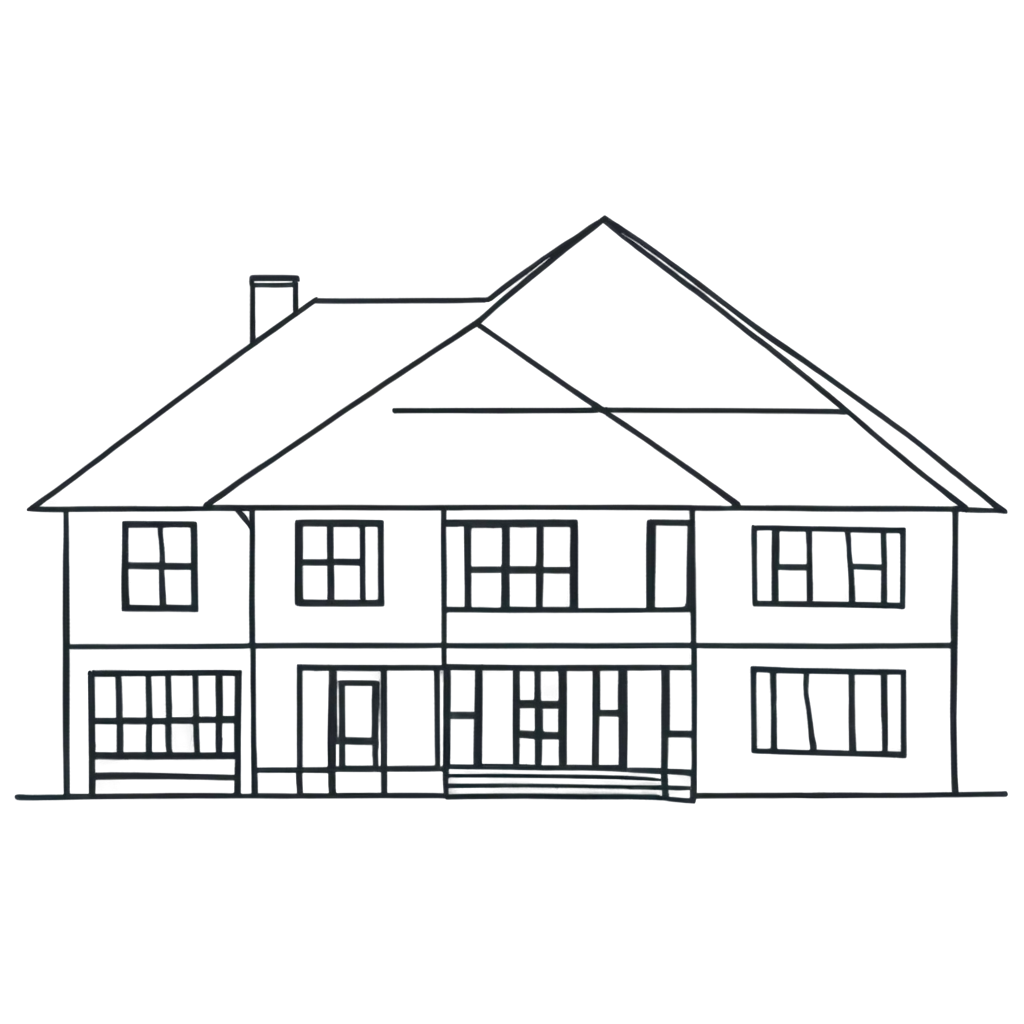
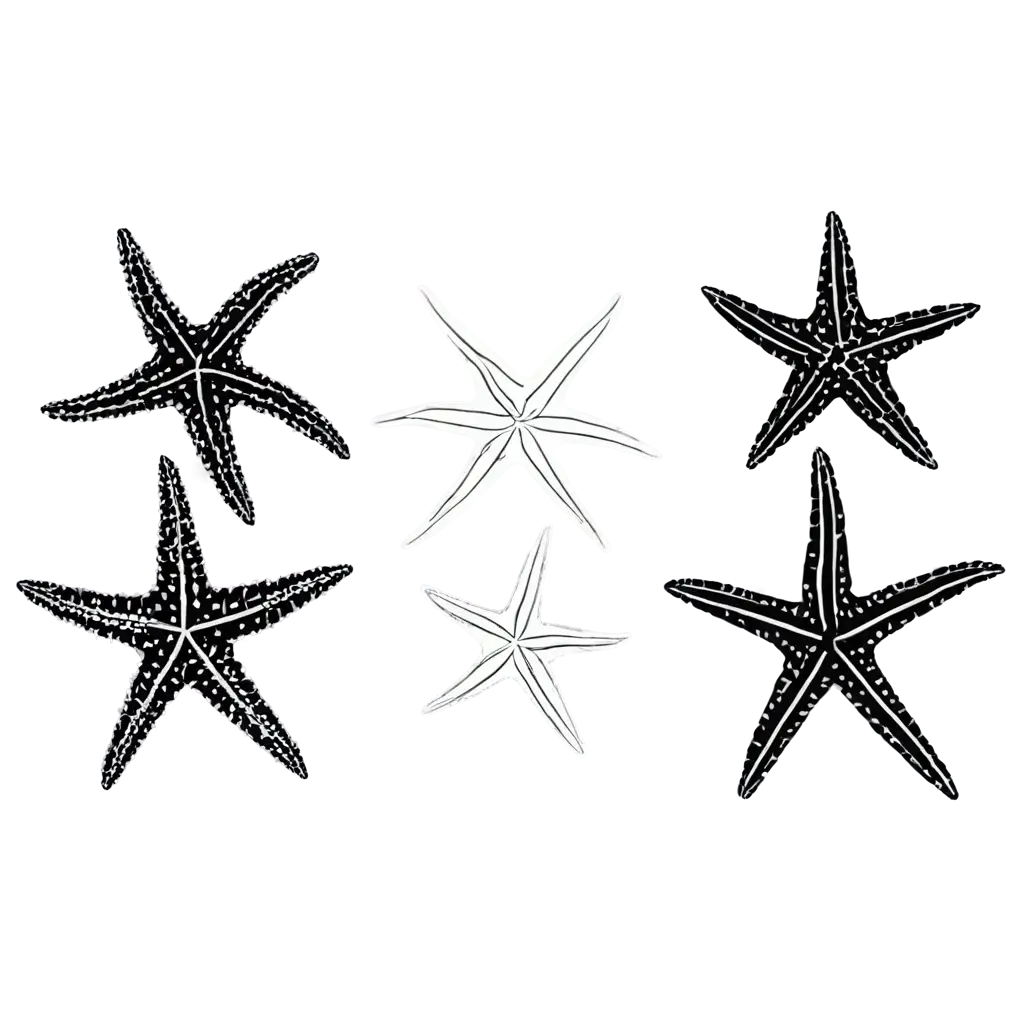
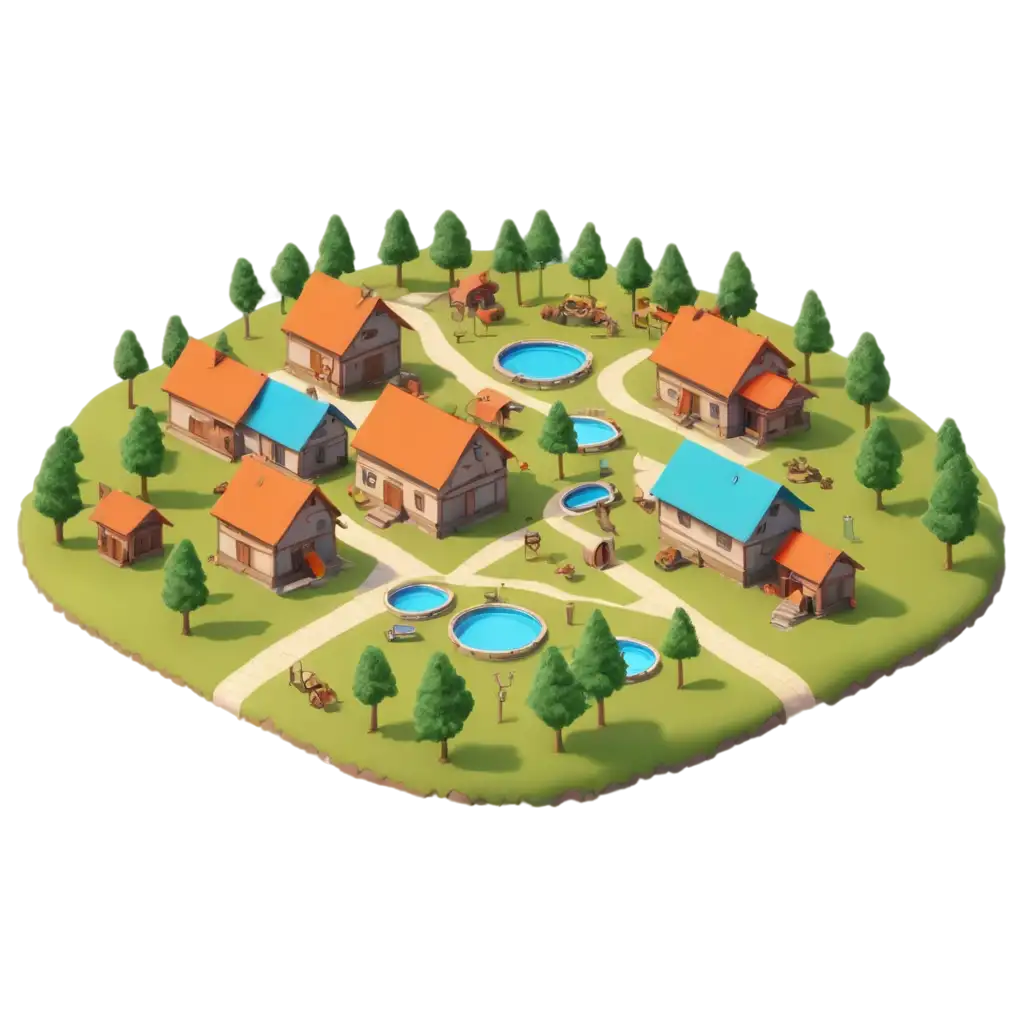

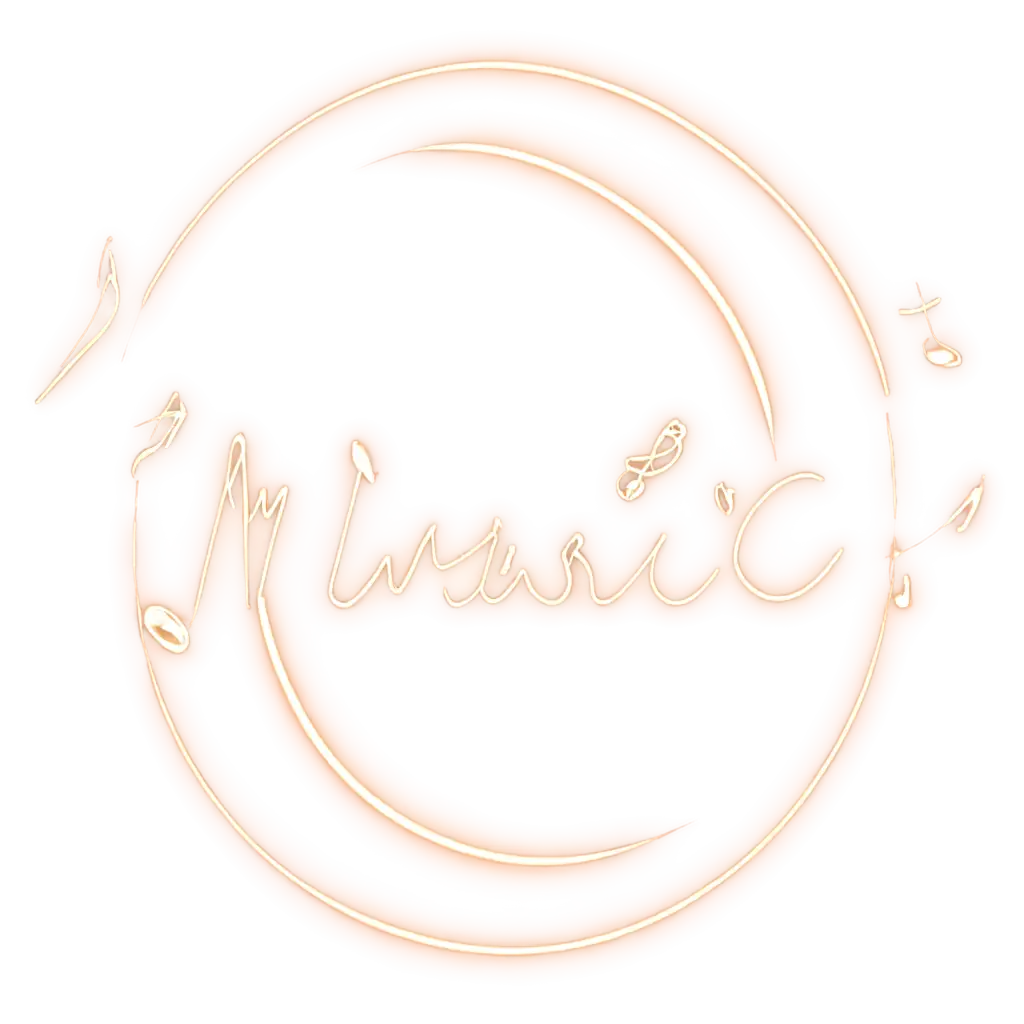
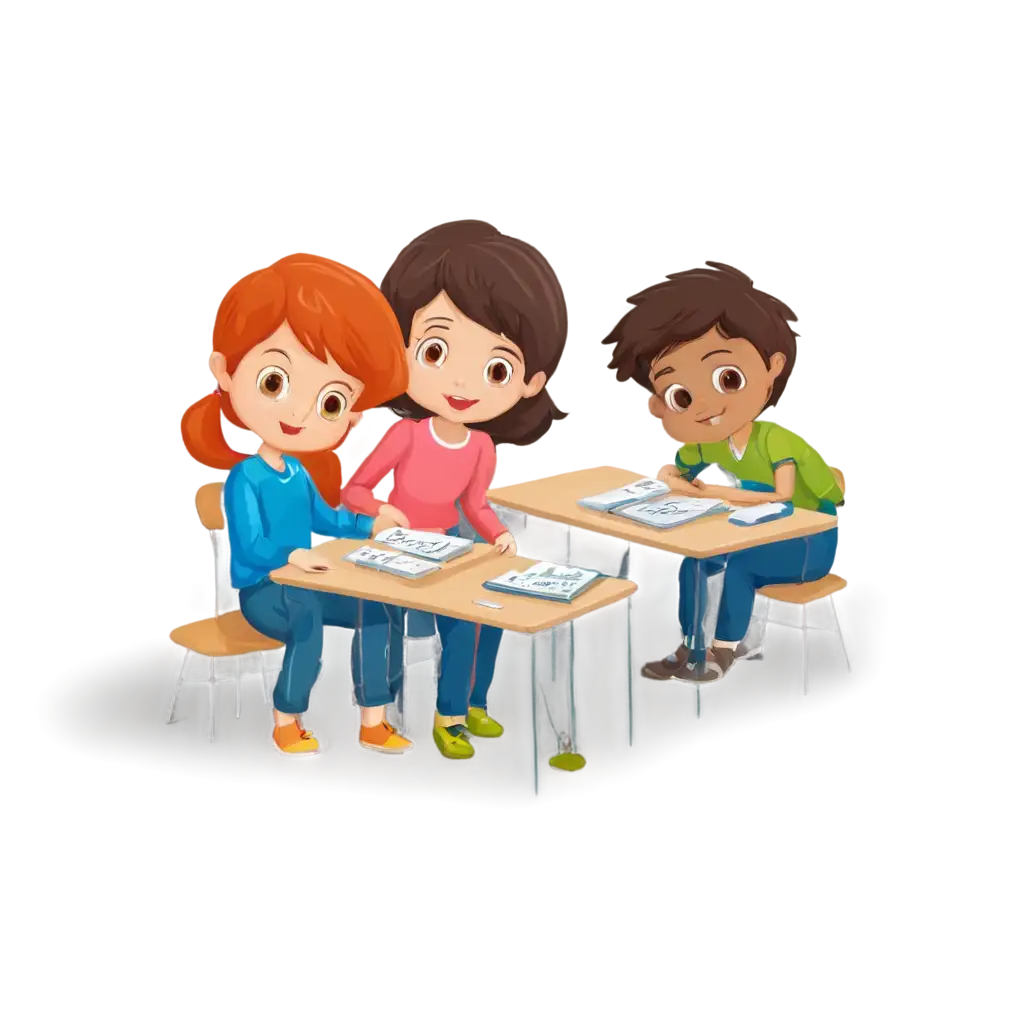
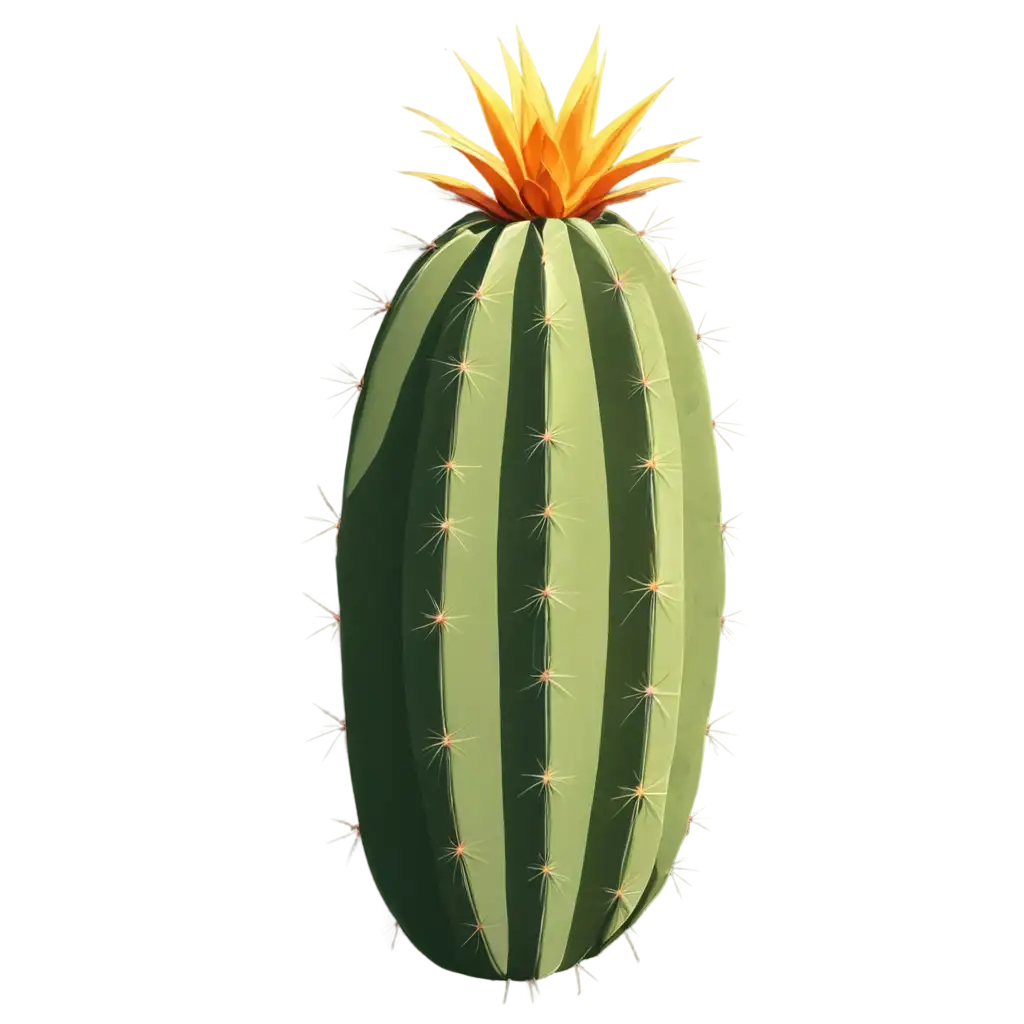
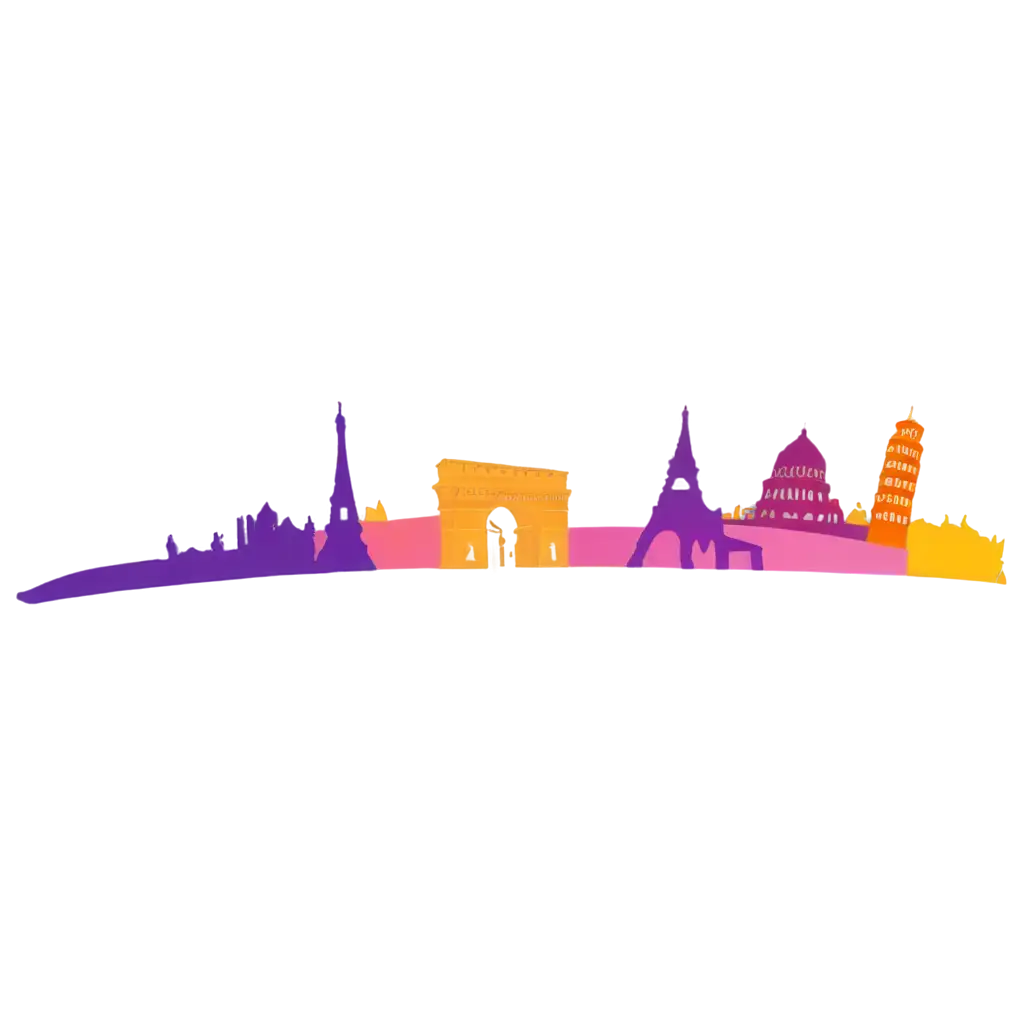
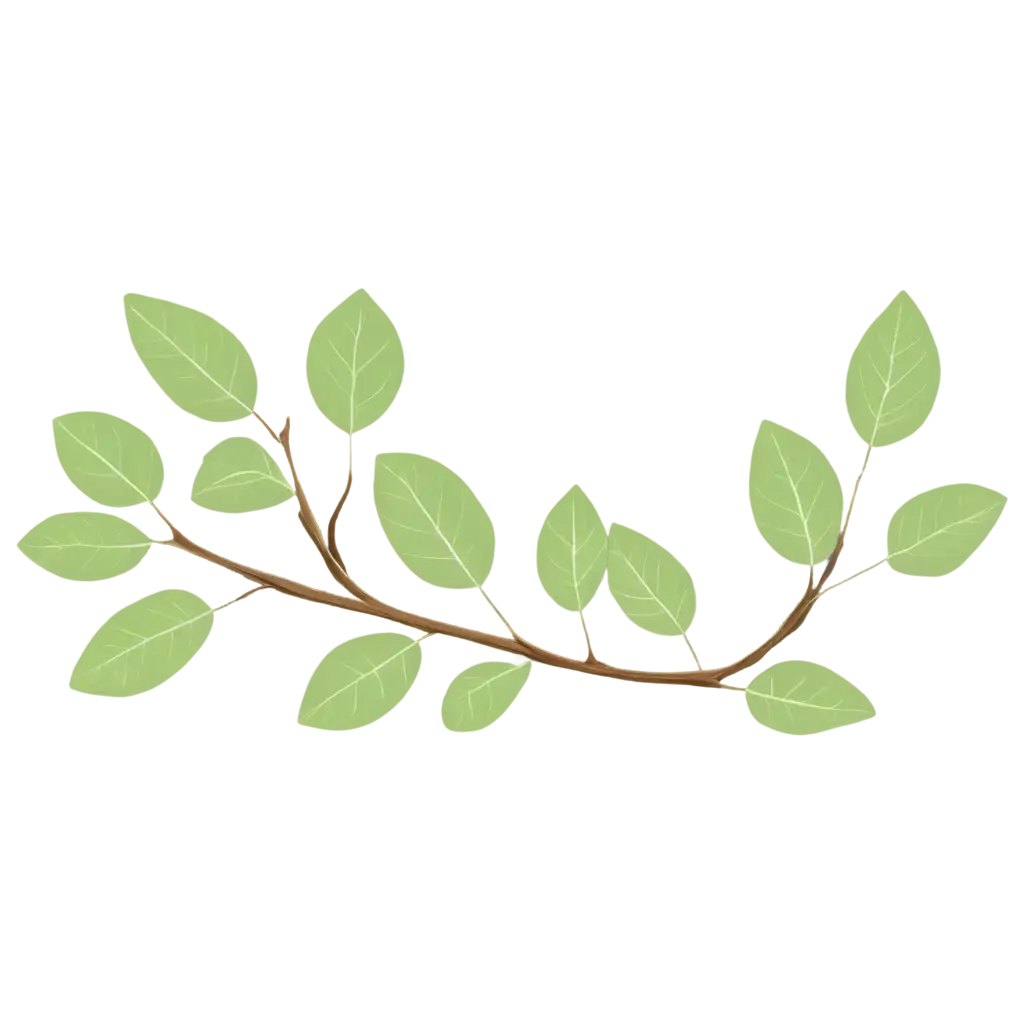
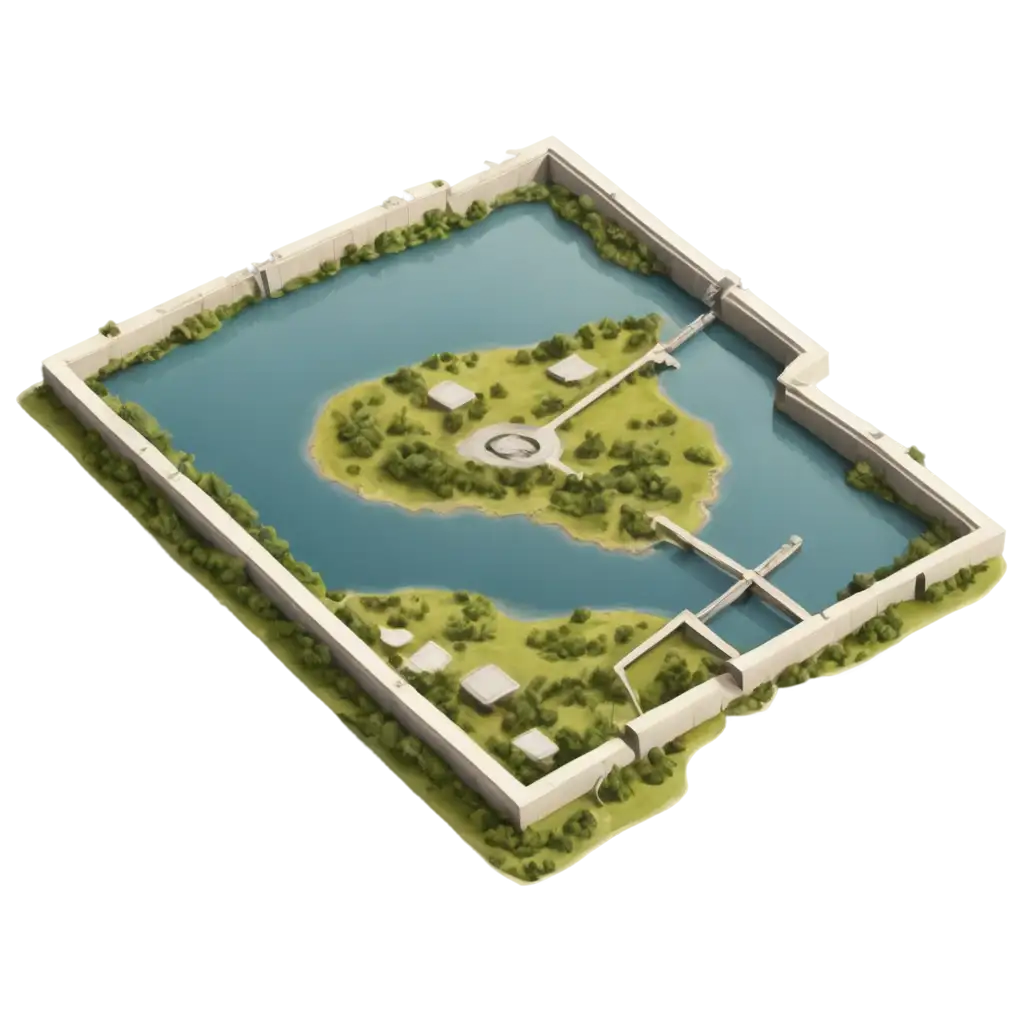
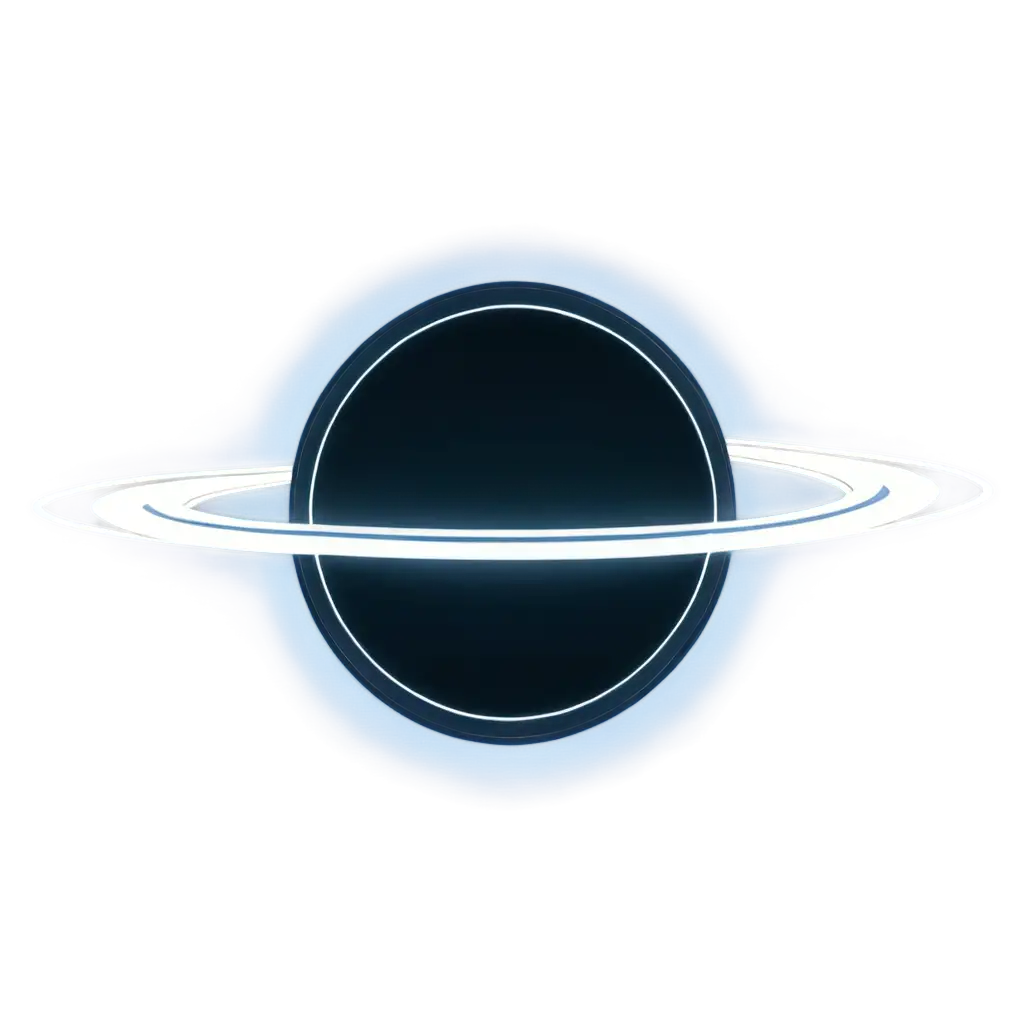
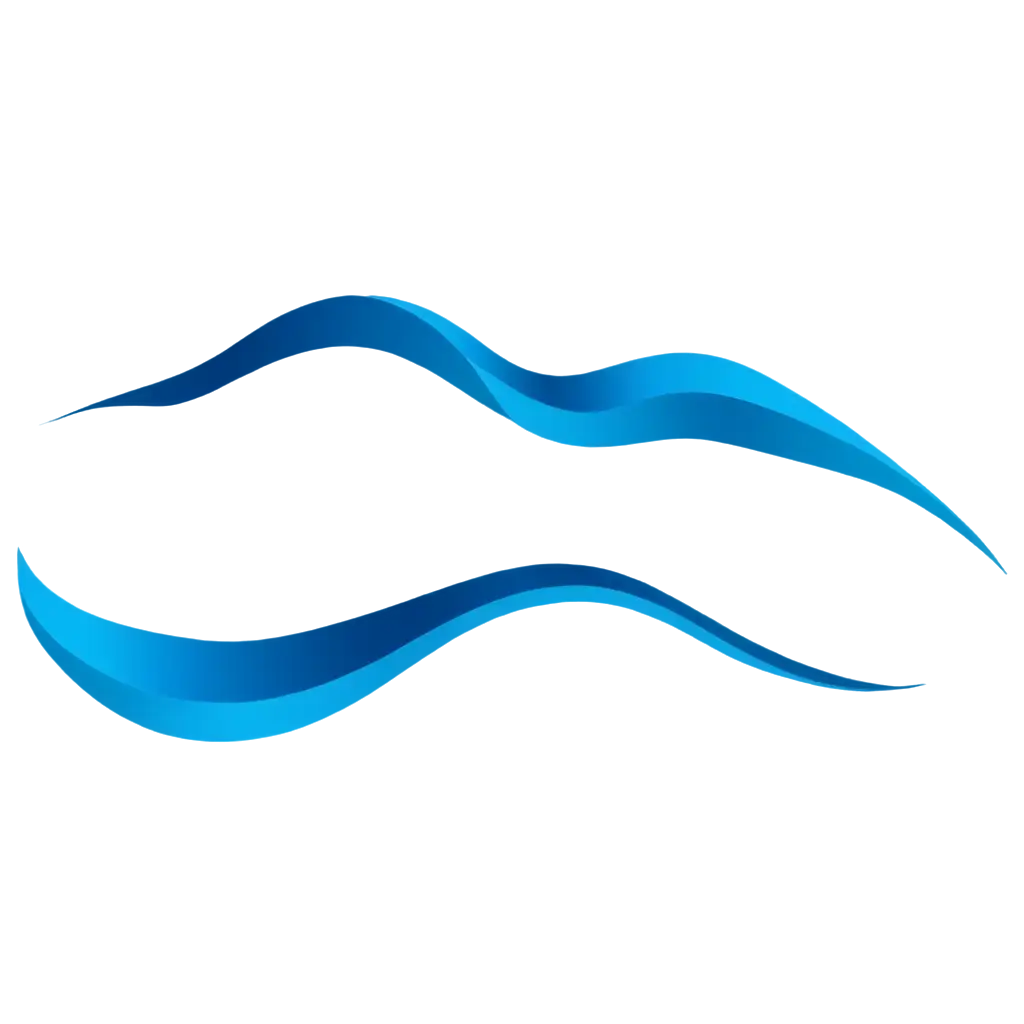
Related Tags
Geometric shapes form the foundation of modern digital art, combining mathematical precision with artistic expression. These fundamental elements - circles, squares, triangles, and polygons - serve as building blocks for complex compositions. In the context of AI-generated art, geometric shapes take on new dimensions as algorithms explore countless variations and combinations. The intersection of computational geometry and artistic creativity has led to innovative patterns and designs that challenge traditional boundaries, making geometric illustrations particularly suitable for contemporary design applications ranging from user interfaces to architectural visualization.
Understanding Geometric Shapes in Modern Digital Art
Geometric shape illustrations encompass various styles and applications. Minimalist designs often feature single shapes or simple combinations, perfect for logos and icons. More complex compositions include tessellations and fractals, ideal for background patterns and decorative elements. Three-dimensional geometric illustrations add depth and perspective, commonly used in architectural visualization and product design. Abstract compositions combining multiple geometric elements create dynamic visual interest for editorial designs and social media content. Each style serves specific purposes: clean lines for corporate identity, intricate patterns for textile design, and bold compositions for marketing materials.
Essential Types and Applications of Geometric Shape Illustrations
AI technology has revolutionized the creation of geometric shape illustrations through advanced algorithms that understand spatial relationships and mathematical principles. When generating geometric artwork, consider key factors such as balance, symmetry, and color harmony. Start with clear prompts that specify desired shapes, complexity levels, and color schemes. Experiment with different combinations of descriptive terms like 'minimalist,' 'intricate,' or '3D' to achieve various styles. The AI's ability to maintain mathematical precision while introducing creative variations makes it particularly suitable for generating consistent yet unique geometric patterns. Fine-tune results by adjusting parameters such as composition density, color palette, and perspective angles.
Creating Effective Geometric Shape Illustrations with AI
The future of AI-generated geometric art points toward increasingly sophisticated and versatile applications. Emerging trends include responsive geometric designs that adapt to different contexts, integration of geometric patterns with photorealistic elements, and the use of advanced algorithms to create complex mathematical art. We're seeing growing interest in animated geometric compositions, where shapes transform and interact dynamically. The development of more precise control over geometric elements through AI prompts will enable creators to generate highly specific designs while maintaining the spontaneity and uniqueness of AI-generated art. These innovations will continue to expand the possibilities for geometric shape illustrations in fields such as interactive design, immersive environments, and digital art installations.
Future Trends in AI-Generated Geometric Art